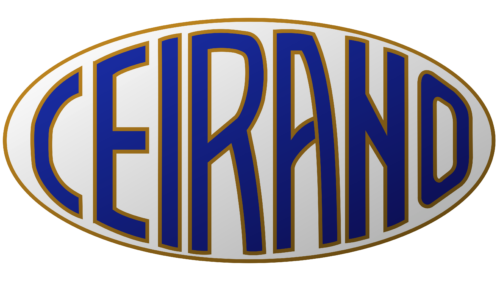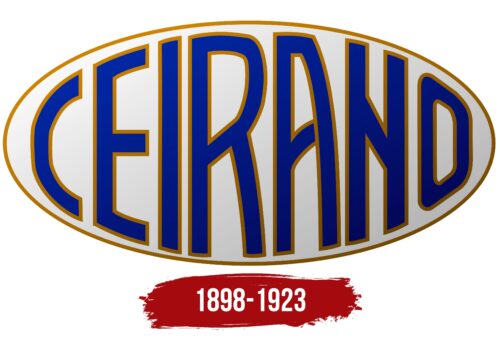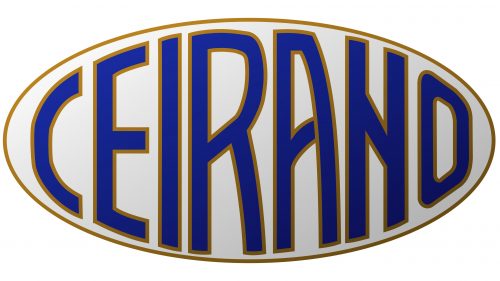The Ceirano logo is an ode to the founders’ grandeur and ambitious plans. It reflects an attempt to create something beautiful and authentic in the Italian style. The emblem emphasizes functional perfection and the ability to foresee future trends. The company laid the foundation for the true success of the industry.
Ceirano: Brand overview
Ceirano GB&C, founded in 1898 in Turin by Giovanni Battista Ceirano and his companions, originally manufactured bicycles under the Welleyes brand. Soon after, the company moved into automobile production, producing its first car in 1899, a compact two-seater created by designer Aristide Faccioli.
Ceirano’s transition to automobile production was not smooth. Problems with mass production led to financial difficulties, and the same year, the company and its patents were sold to Giovanni Agnelli. This acquisition laid the foundation for the cornerstone of Italian automobile manufacturing. Utilizing Ceirano’s seminal designs and production facilities, Agnelli created the F.I.A.T. automobile company in 1899.
Although Ceirano GB&C did not last long, its impact on the Italian automobile industry was enormous: it became the progenitor of the automobile giant Fiat. However, Ceirano’s name in the industry did not end there. Giovanni Battista Ceirano continued in the automobile industry, opening another company called Fratelli Ceirano, which produced cars until the 1920s.
Ceirano GB&C’s legacy is a crucial chapter in the history of the Italian automobile industry. Despite the company’s short existence, its early development and manufacturing endeavors directly created Fiat, cementing Ceirano’s place as a pioneer in Italy’s automotive industry.
Meaning and History
What is Ceirano?
The company was an influential Italian automobile manufacturer. Founded by Giovanni Ceirano and his brothers, the Ceirano family played a significant role in developing the Italian automobile industry. It produced several early cars and contributed to founding major Italian automobile brands such as Fiat and Itala. The brand’s automobiles were renowned for their quality.
1898 – 1923
The Ceirano logo, an old Italian car brand, showcases a stylish and timeless design. The logo features the surname of the company’s founder, with letters arranged to create a captivating visual effect. The middle letters are higher, while those on the edges are shorter, giving the logo a magnifying glass effect and transforming it into a work of creativity and elegance.
Each letter in the Ceirano logo is wide and bordered with a gold outline, adding a touch of luxury. This gold edging resembles a fancy picture frame, enhancing the design’s sophistication. The letters are set against a light-colored background, providing a soft contrast. The cobalt-blue elements within the letters evoke the cool hues of the sky at dusk, adding depth and richness to the design.
A thin line outlines the logo, like a delicate frame around a beautiful painting. This line keeps the design neat and visually appealing. Combining the gold edging, cobalt-blue elements, and light background creates a harmonious and striking visual effect.
The Ceirano logo captures the brand’s heritage and elegance. The expressive letters, enhanced by the gold border, stand out against the soothing background, making the logo memorable and aesthetically pleasing. This design reflects the brand’s commitment to quality and innovation, hallmarks of the Ceirano legacy.





